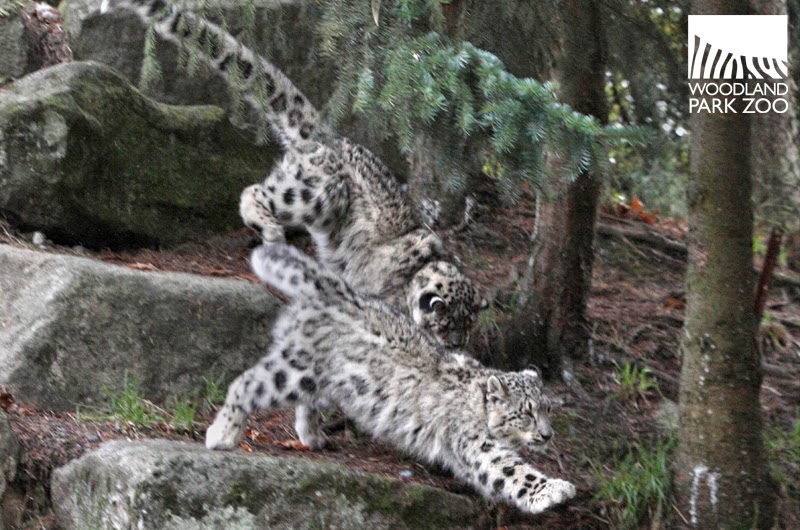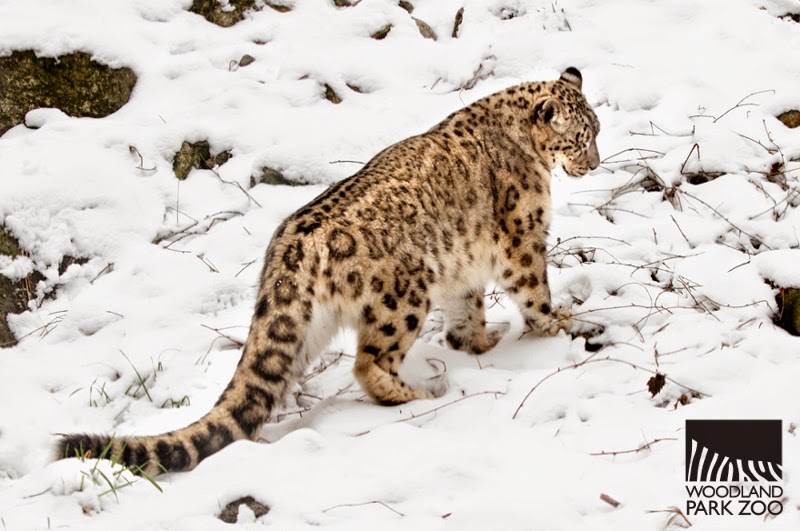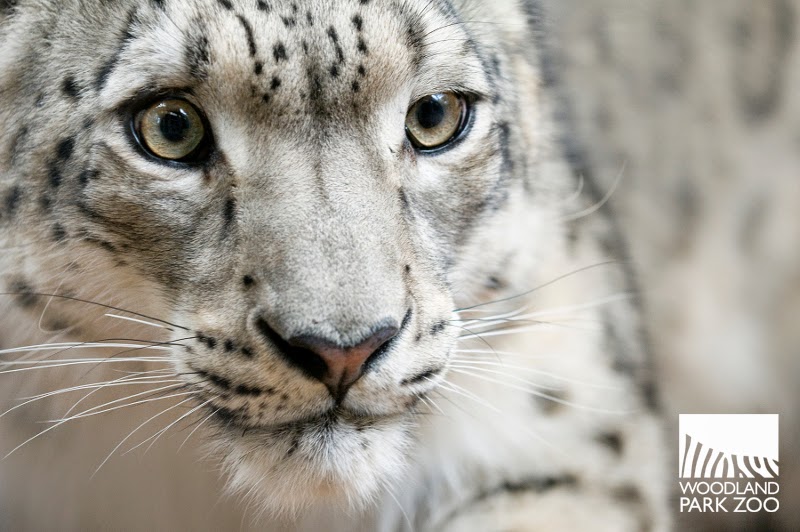Posted by: Deborah B. Jensen, President and CEO
Elephants have long played a role in the community and in our hearts. At Woodland Park Zoo, we have cared for elephants since we received our first one in 1921, funded in part by donations from local school children.
![]()
Elephants have long played a role in the community and in our hearts. At Woodland Park Zoo, we have cared for elephants since we received our first one in 1921, funded in part by donations from local school children.
 |
| Asian elephant Chai at Woodland Park Zoo. Photo by Ryan Hawk/Woodland Park Zoo. |
I am pleased to announce that the zoo will commit $1.5 to $3 million to strengthen the Asian elephant program at the zoo, as well as play a key role in multiple elephant conservation arenas.
This pledge follows a six-month, critical and thorough external review of the zoo’s elephant program by the Elephant Task Force—a panel of local community representatives and internationally-distinguished scientists and animal care professionals—and a review of the Task Force’s report by the zoo’s Board of Directors and staff.
The new strategic direction of the zoo’s elephant program endorses many of the options given to the zoo by the Elephant Task Force, plus additional information regarding the zoo’s elephants, elephant conservation and education efforts. Key elements of the program entail:
- Focusing the zoo’s Elephant Forest exhibit on the highly endangered Asian elephant species and growing the zoo’s program to support and implement the goals of the Species Survival Plan for Asian elephants, which is managed by the Association of Zoos and Aquariums (AZA).
- Making significant improvements to the Elephant Forest exhibit and facilities
- Playing an active role in the Wildlife Conservation Society’s international 96 Elephants conservation campaign: securing effective U.S. moratorium laws on ivory sales and bolstering elephant protection with additional advocacy funding; and educating the public about the devastating effects of the ivory trade.
- Increasing the zoo’s commitment to Asian elephant conservation with our partner organizations in range countries.
- Developing enhanced guest experiences and educational programming in the Elephant Forest exhibit, allowing guests to interact with the zoo’s elephants and staff, and learn how they can make an impact in elephant conservation.
- Providing leadership to the next phase of AZA elephant welfare research and applied practice.
| Getting up close to an elephant is an unforgettable experience at Woodland Park Zoo. Photo by Dennis Dow/Woodland Park Zoo. |
Like you, we are also deeply concerned for the future of elephants in the wild. Our vision is that our investment will make an impact on reducing human-elephant conflict in the world, and inspire a growing respect for sharing the planet with these awe-inspiring animals.
| Elephant raiding an oil palm plantation in Asia. Photo courtesy of Woodland Park Zoo Partner for Wildlife, Hutan Asian Elephant Conservation Project. |
Two female Asian elephants, 47-year-old Bamboo and 35-year-old Chai, and one African elephant, 45-year-old Watoto, currently live at the zoo. As a component of our commitment to growing the Asian elephant program and moving to an all Asian herd, staff will begin formulating a plan to integrate Watoto into a herd at another AZA-accredited institution. AZA recommends that elephants be cared for in single species social groupings.
 |
| African elephant Watoto at Woodland Park Zoo. Photo by Dennis Conner/Woodland Park Zoo. |
With this new strategic direction, staff has initiated the process of identifying Asian elephants that can join Woodland Park Zoo and is optimistic about adding to the herd in the near future. Next steps also include implementing a design process for improvements to the elephant exhibit to build on the physical and behavioral health and social well-being of the animals.
If you have questions or want to know more about what’s coming next, you may find helpful information including a Question and Answer list at our Elephant News page.
We are extremely grateful for your support and passion for elephants and Woodland Park Zoo. You play an important role in preserving elephants into the future through your ongoing support. Together we are making a better world for wildlife. Thank you.


























.jpg)























































